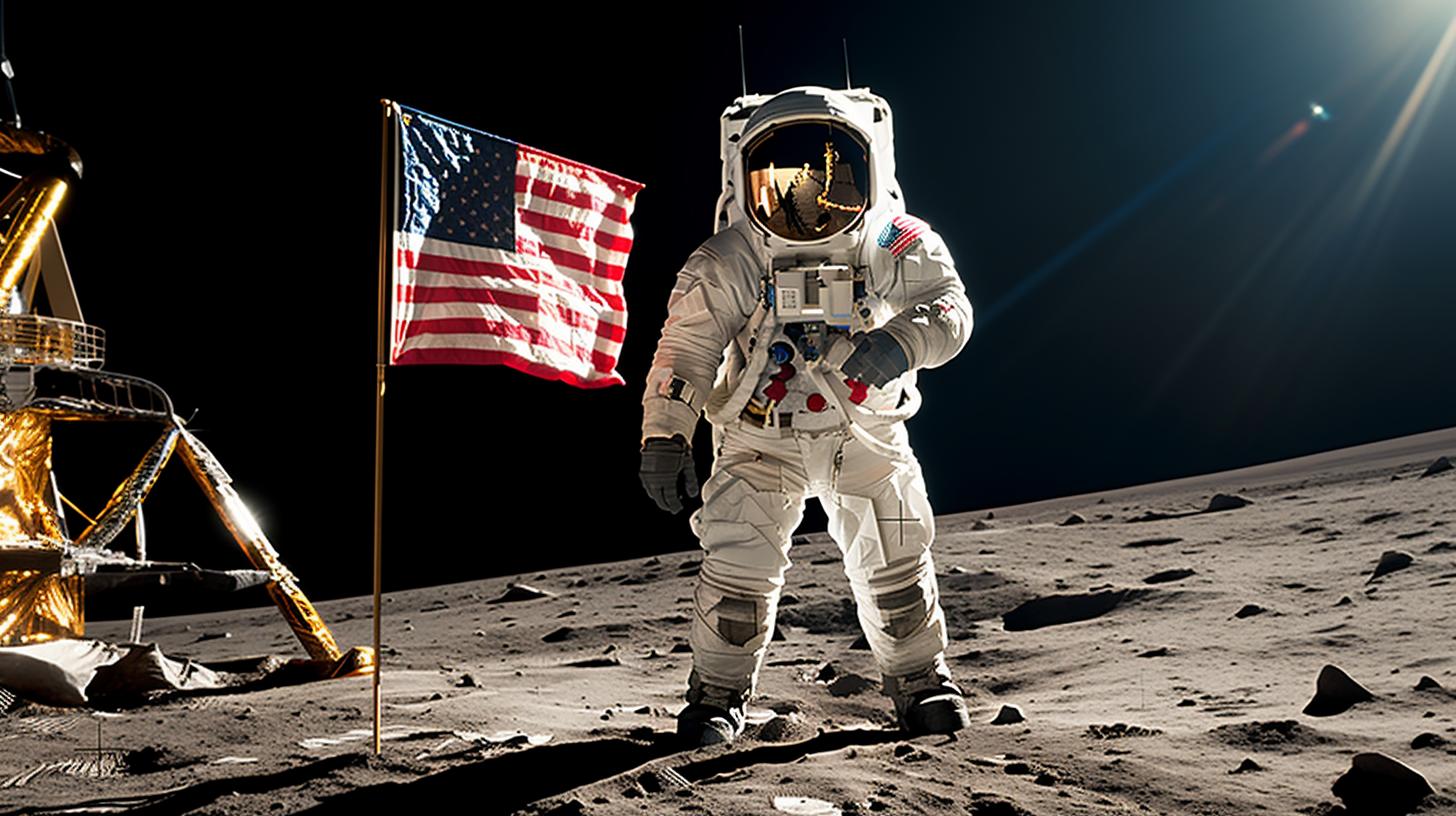In the early 1950s, during a time when science fiction captured the imaginations of the American public, Wernher von Braun saw an opportunity to turn these imaginative tales into reality. He was a scientist, engineer, and visionary, a rare combination that would shape the course of space exploration history. Von Braun’s dream of space exploration became more tangible when he introduced an illustrated series of articles in Collier’s magazine in 1952, depicting life beyond Earth’s atmosphere.
However, it was the Soviet Union’s launch of Sputnik in 1957 that ignited America’s fascination with space. Von Braun, with his original V2 rocket designs, played a crucial role in sending the first American satellite into space and eventually putting a man into orbit.
Yet, the most significant leap in human history was yet to come. On July 20, 1969, von Braun, now 57 years old, watched from inside mission control as a human being took their first step onto the Moon. It was a dream that many had deemed impossible, but it had become a reality.
The transformation from early space exploration to landing on the Moon in just 60 years was a remarkable feat. This rapid advancement in technology was nothing short of phenomenal. But how did von Braun and his team possess the specific knowledge required for such precision?

The calculations involved in getting to the Moon were extremely precise. Missing the Moon or failing to capture it into orbit hinged on minuscule fractions of degrees in trajectory and tiny speed adjustments. The ability to adjust the spacecraft’s orbit in real time was a stunning achievement. But where did this knowledge come from?
Some believe that the answer lies in the possibility of extraterrestrial technology. Could von Braun and others have had access to advanced technology that helped them make leaps in science and engineering that would have been impossible otherwise? It’s a theory that raises intriguing questions.
The data needed for the moon landing, including the exact gravitational pull of the Moon, the speed required to break Earth’s orbit, and the effects of space radiation on the spacecraft, seems almost too precise for human calculations at the time. Could extraterrestrial knowledge have played a role?
Von Braun’s vision extended beyond landing on the Moon; he spoke of establishing colonies in space. Could this ambitious goal have been inspired by something beyond Earth? Was von Braun not only guided by his own intelligence but also by a higher extraterrestrial influence? Could it be that the Moon landing, one of humanity’s greatest achievements, was made possible with a little help from extraterrestrial technology?
While these questions may remain speculative, the idea of a cosmic connection between human innovation and possible extraterrestrial influence adds a fascinating layer to the story of the Moon landing. As we continue to explore the mysteries of space, perhaps one day, we’ll unravel the enigma of whether we had a little extraterrestrial assistance in our giant leap for mankind.

16 thoughts on “The Cosmic Connection: Could Extraterrestrial Influence Have Propelled the Moon Landing?”
Comments are closed.